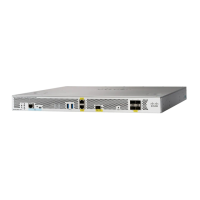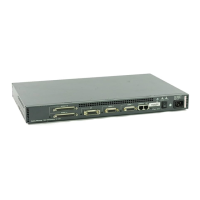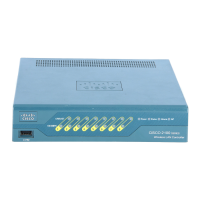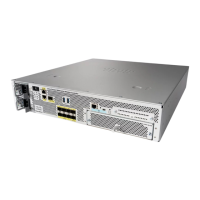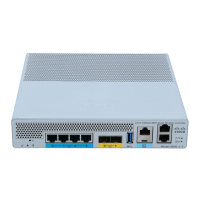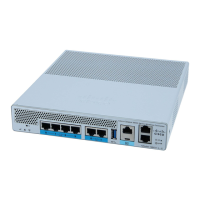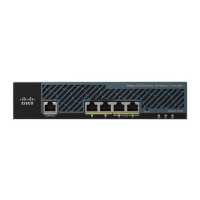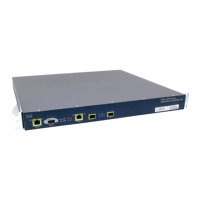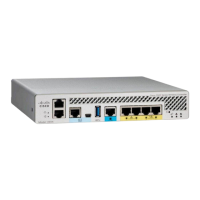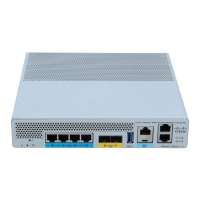8-5
Cisco Wireless LAN Controller Configuration Guide
OL-17037-01
Chapter 8 Controlling Mesh Access Points
Cisco Aironet Mesh Access Points
Figure 8-3 Wireless Backhaul Deployment
Point-to-Point Wireless Bridging
Mesh access points can support a point-to-point bridging application. In this deployment, mesh access
points extend a Layer 2 network by using the backhaul radio to bridge two segments of a switched
network (see Figure 8-4). This is fundamentally a wireless mesh network with one MAP and no wireless
LAN clients.
Client access can be provided with Ethernet bridging enabled, although if bridging between buildings,
MAP coverage from a high rooftop might not be suitable for client access.
If you intend to use an Ethernet bridged application, you must enable the bridging feature on the RAP
and on all MAPs in that segment. Also verify that any attached switches to the Ethernet ports of your
MAPs are not using VLAN Trunking Protocol (VTP). VTP can reconfigure the trunked VLANs across
your mesh and possibly cause a loss in connection for your RAP to its primary WLC. If improperly
configured, it can take down your mesh deployment.
Figure 8-4 Wireless Point-to-Point Bridge Deployment
Point-to-Multipoint Wireless Bridging
Mesh access points support point-to-multipoint bridging applications. Specifically, a RAP acting as a
root bridge connects to multiple MAPs as non-root bridges with their associated wired LANs. By
default, bridging is disabled for all MAPs. If Ethernet bridging is used, you must enable it on the
controller for the respective MAP and for the RAP. Refer to the “Configuring Ethernet Bridging and
Ethernet VLAN Tagging” section on page 8-25 for configuration details.
Figure 8-5 shows a simple point-to-multipoint deployment with one RAP and two MAPs. This
configuration is fundamentally a wireless mesh network with no wireless LAN clients. Client access can
be provided with Ethernet bridging enabled; however, if bridging between buildings, MAP coverage
from a high rooftop might not be suitable for client access.

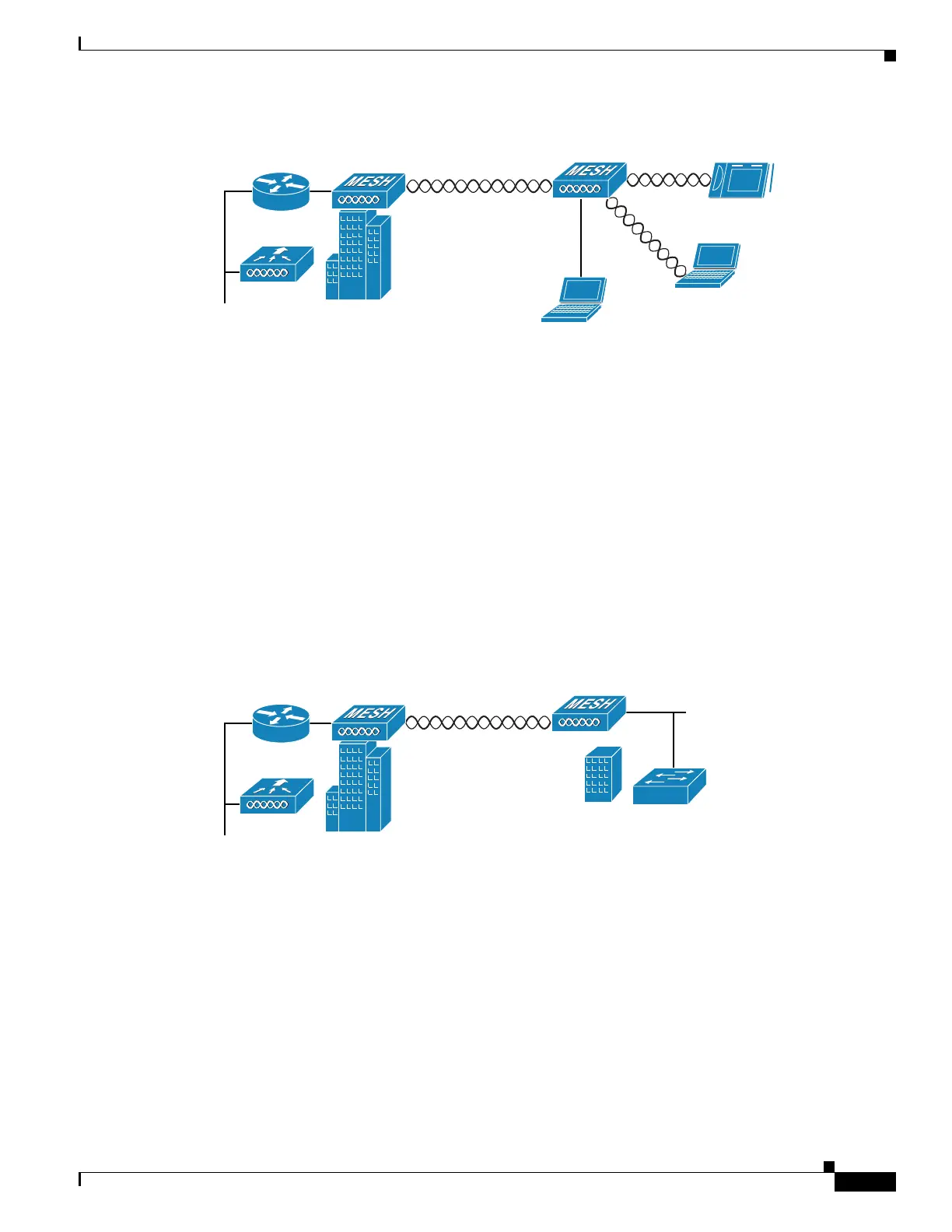